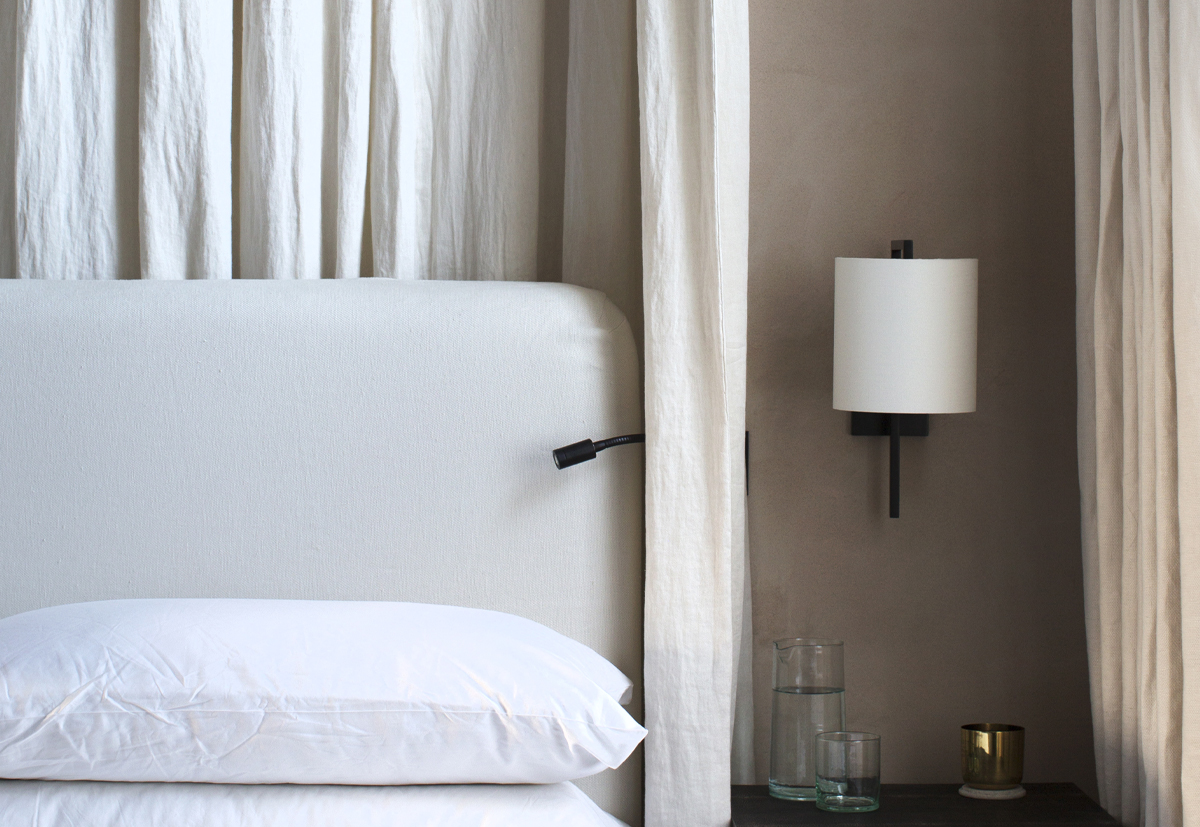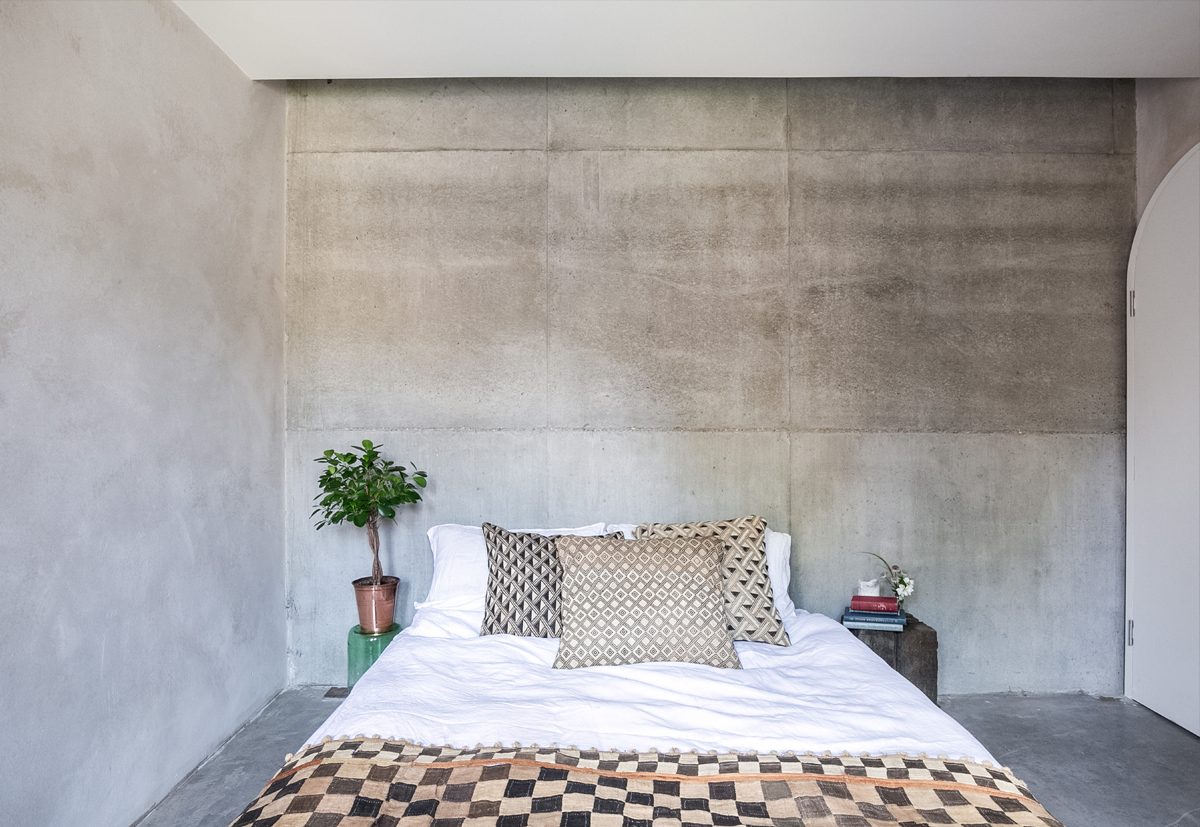
Bedrooms & Clayworks Clay Plasters
Bedrooms are now all about health and emotional wellbeing
Designing bedrooms is no longer about the tangible, but about the intangible promises: health, wellbeing, calm, comfort and total relaxation. Clay plasters on walls and ceilings create a hyper-sensorial experience and a sense of sanctuary which is restorative and supports healing while also being 100% pure and natural.
Clayworks plasters contain no VOCs, formaldehydes or toxins and neither do they off-gas. Formaldehydes and VOCs are highly dangerous and awareness is quickly growing within the architectural and design world as chemicals that should be designed out. Termed by many building experts as ‘silent killers’ they are found in so many conventional materials – paints, MDF, laminated wood, adhesives and many insulation products.
Clay plasters, in fact, proactively contribute to healthy indoor air quality because they breathe. This means that they absorb excess moisture from the air and then release it when the air becomes drier. The result is that indoor humidity is kept at a particular level that reduces damp, making it difficult for mould, dust mites, viruses, and bacteria to survive.

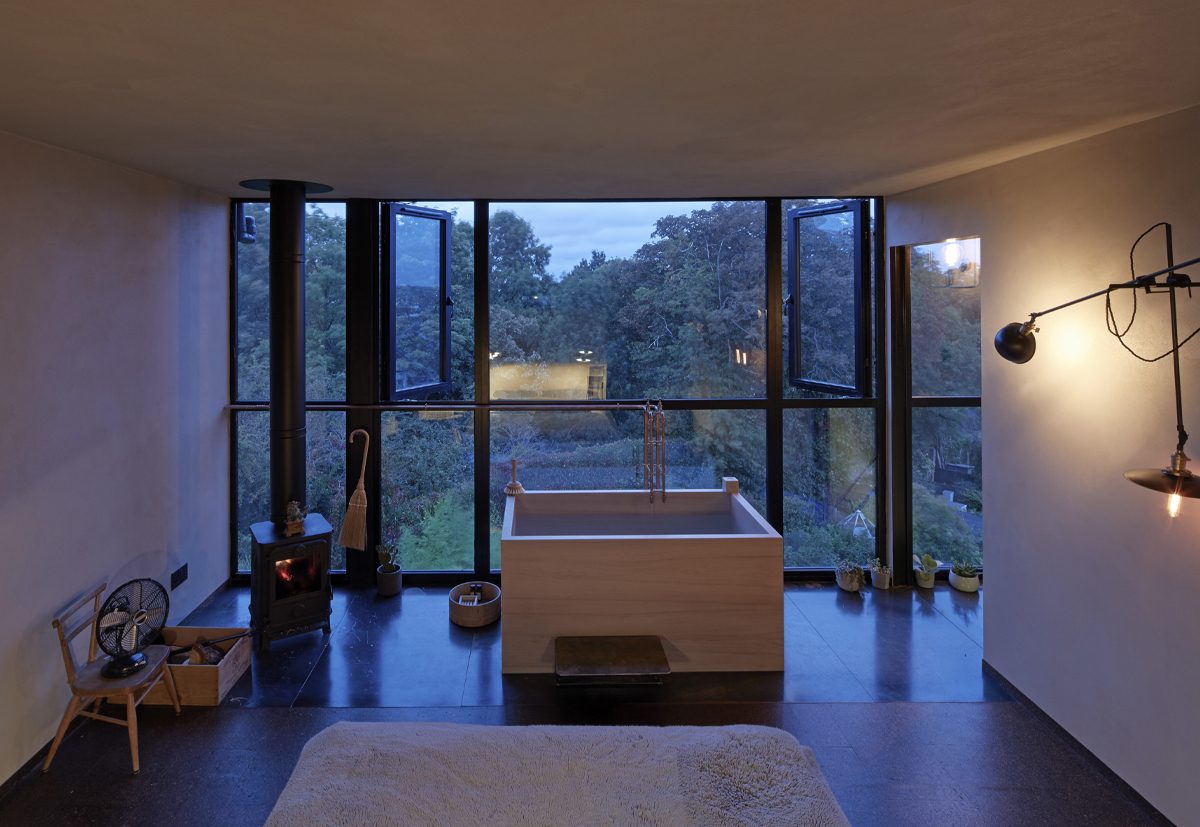
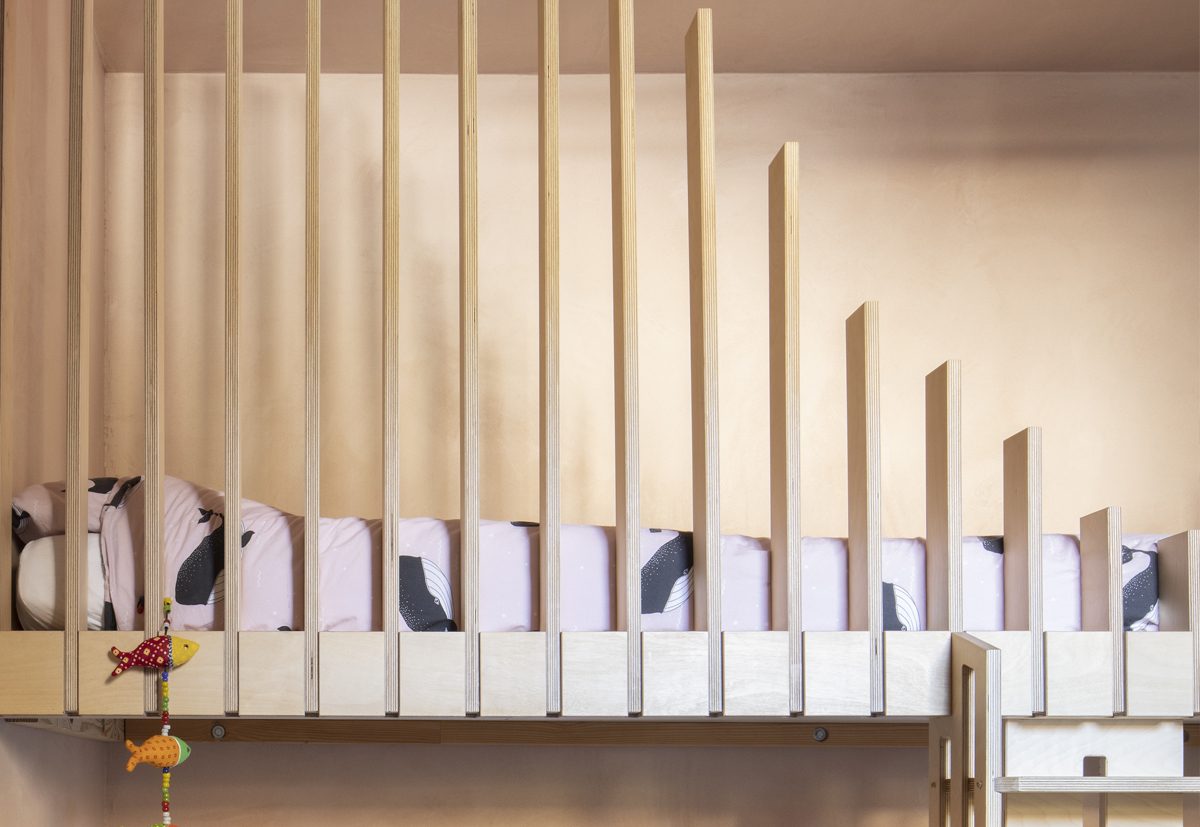
Creating a bedroom that allows an occupant to feel relaxed and protected from the outside world means simple design, natural materials and spaces that focus on cocooning and tactility.
Increasingly we note that clients want feelings of wellness, experienced during a holiday or retreat, to be replicated. The feeling of Zen gleaned from time spent at a spa can be easy to duplicate with clay plasters within a domestic environment because it feels unique, natural, and healthy.
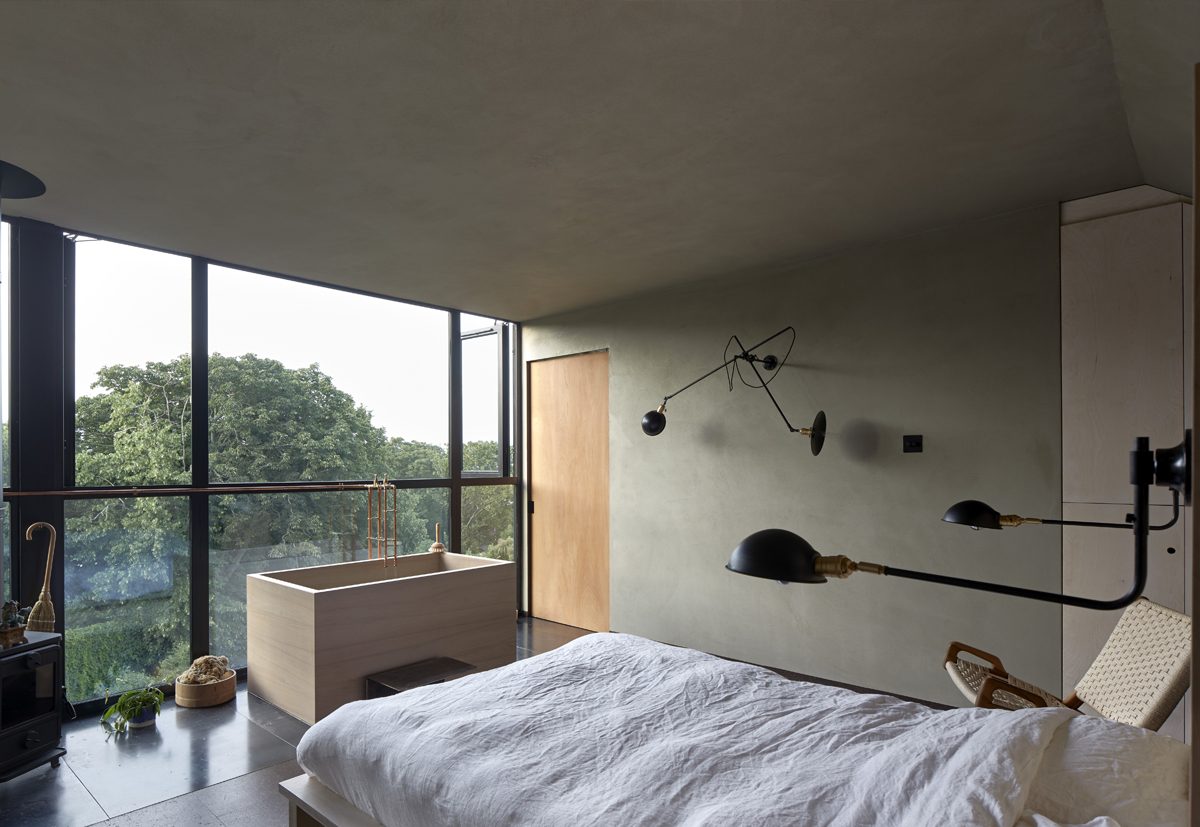
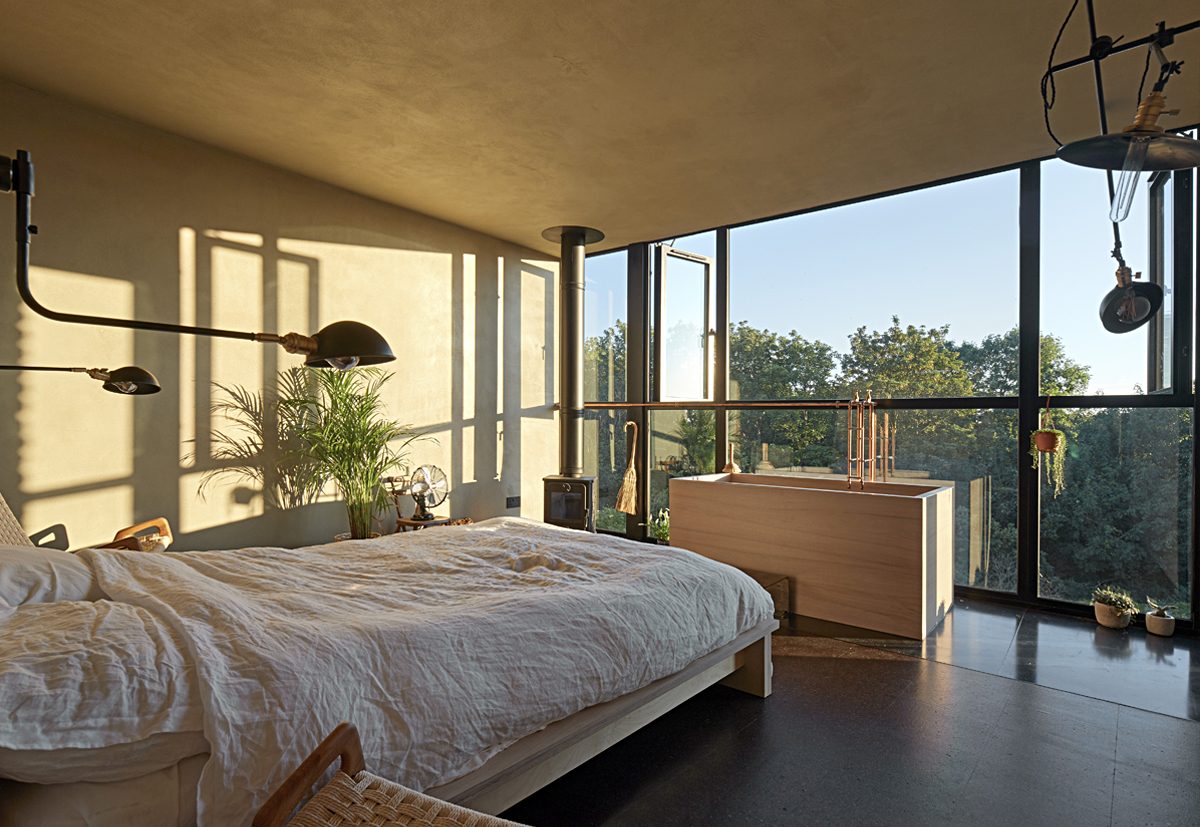
Surprising ways clay plasters can improve our health, wellbeing, and sleep
• The relationship between indoor humidity and health is increasingly being researched and understood. Unfired clay can absorb and desorb indoor humidity faster than any other building material. Clay Plasters tend to maintain indoor humidity at about 40 – 60%. Mould, humidity, and dust mites all contribute to respiratory disease such as asthma. The humidity controlling effects of clay lead to dramatic reduction in airborne VOCs bought into a bedroom in furnishings. Elevated humidity is bad for indoor air quality and sleep. Researchers have found an indirect effect of poorer sleep quality for those sleeping in rooms outside of this range.
I actually breath better. I am asthmatic. I sleep better. Tim Scrace, Architect, who recently renovated his home using clay plasters throughout.
• Clay is a raw, flexible material that absorbs and damps sound, while it will absorb rather than reflect light. The sense of calm that this creates is almost palpable.
• Clay is also a natural regulator of thermal fluctuation, helping to keep a bedroom warm in winter and cool in summer.
• Clayworks clay plasters are naturally pigmented and will never require painting.
